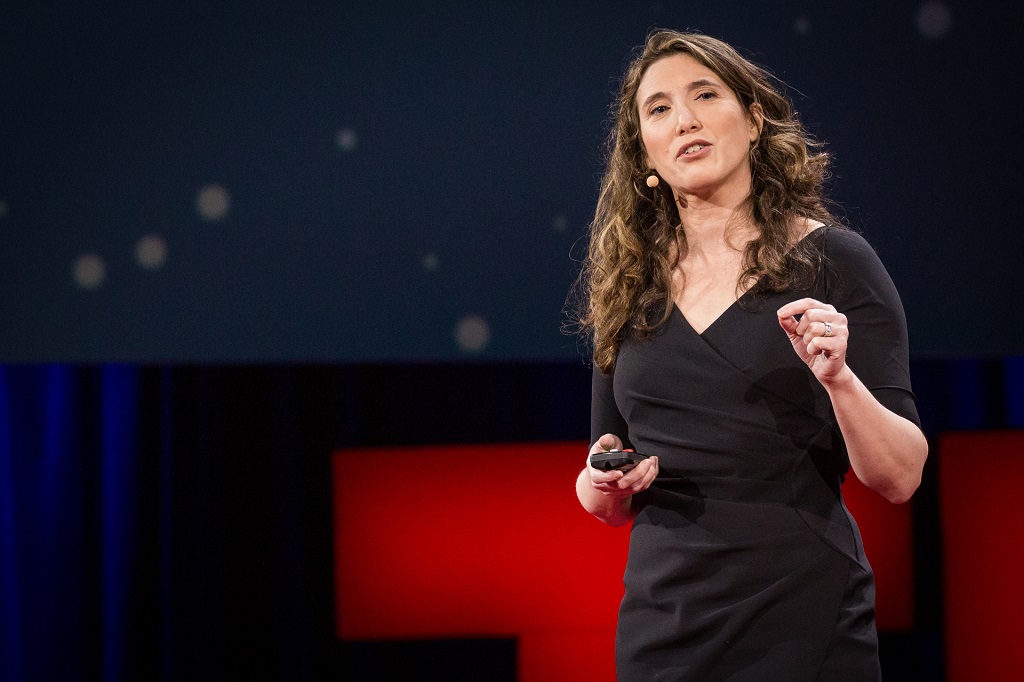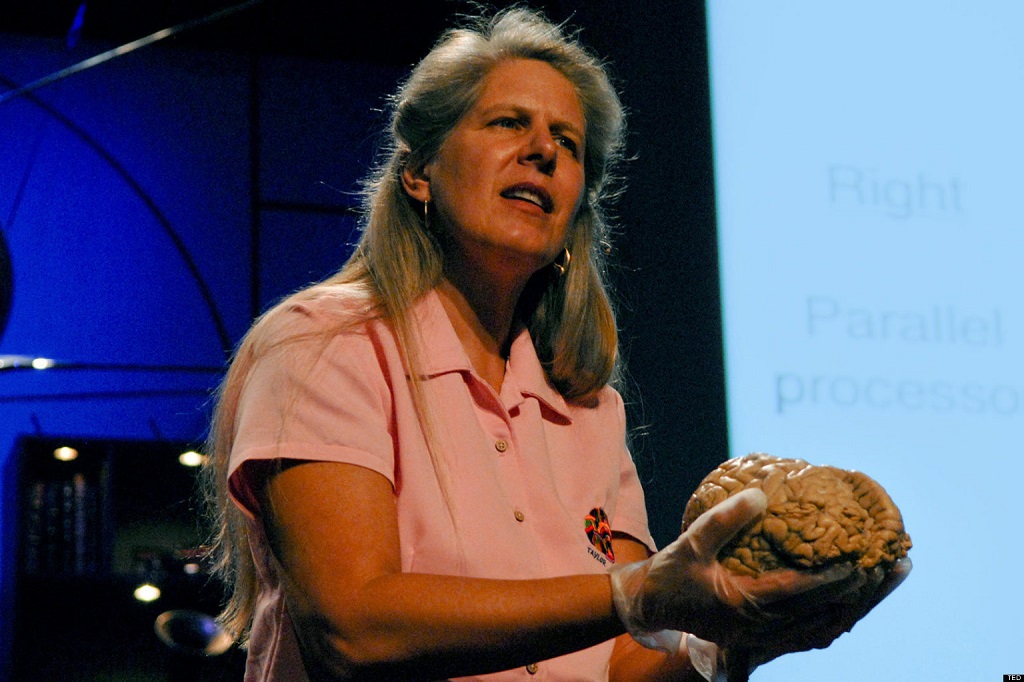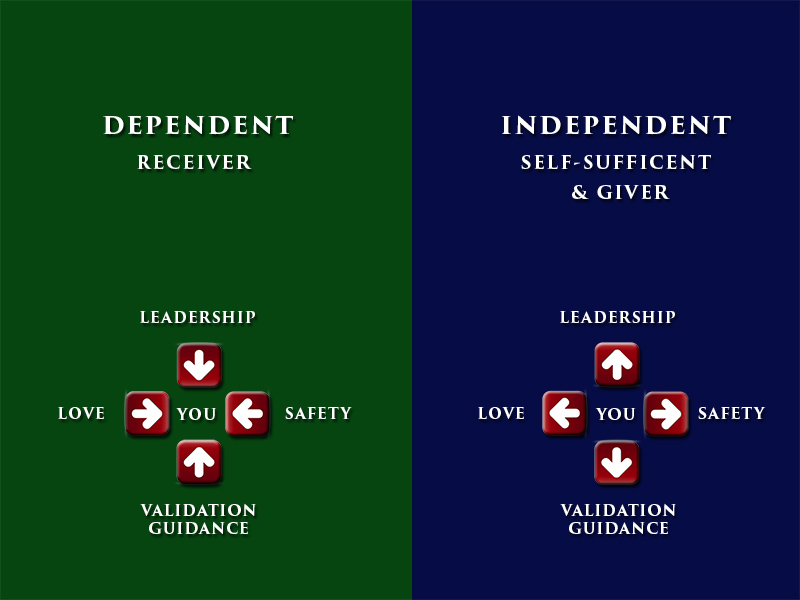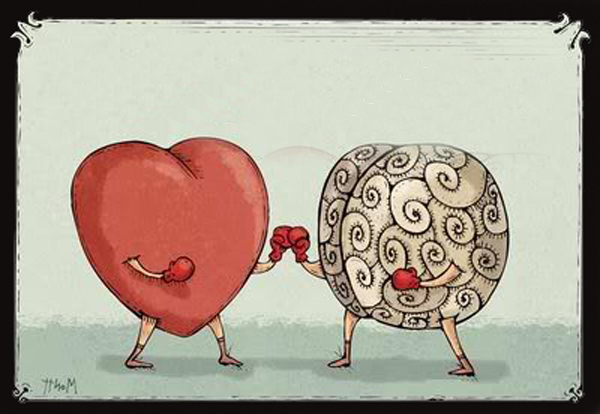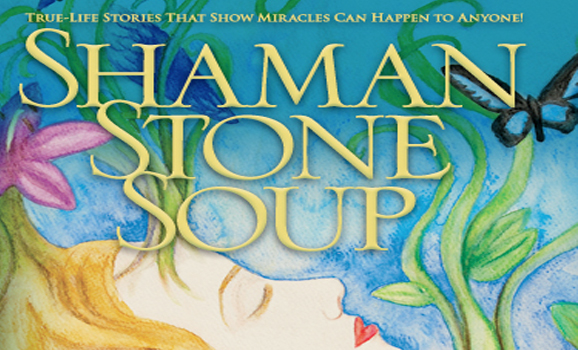Martin Seligman, the father of positive psychology, theorizes that while 60 percent of happiness is determined by our genetics and environment, the remaining 40 percent is up to us.
Seligman describes three different kinds of happy lives: The pleasant life, in which you fill your life with as many pleasures as you can, the life of engagement, where you find a life in your work, parenting, love and leisure and the meaningful life, which “consists of knowing what your highest strengths are, and using them to belong to and in the service of something larger than you are.”
After exploring what accounts for ultimate satisfaction, Seligman says he was surprised. The pursuit of pleasure, research determined, has hardly any contribution to a lasting fulfillment. Instead, pleasure is “the whipped cream and the cherry” that adds a certain sweetness to satisfactory lives founded by the simultaneous pursuit of meaning and engagement.
And while it might sound like a big feat to tackle great concepts like meaning and engagement (pleasure sounded much more doable), happy people have habits you can introduce into your everyday life that may add to the bigger picture of bliss. Joyful folk have certain inclinations that add to their pursuit of meaning — and motivate them along the way.
They surround themselves with other happy people.
Joy is contagious. Researchers of the Framingham Heart Study who investigated the spread of happiness over 20 years found that those who are surrounded by happy people “ are moe likely to become happy in the future.” This is reason enough to dump the Debbie Downers and spend more time with uplifting people.
They smile when they mean it.
Even if you’re not feeling so chipper, cultivating a happy thought — and then smiling about it — could up your happiness levels and make you more productive, according to a study published in the Academy of Management Journal. It’s important to be genuine with your grin: The study revealed that faking a smile while experiencing negative emotions could actually worsen your mood.
They cultivate resilience.
According to psychologist Peter Kramer, resilience, not happiness, is the opposite of depression: Happy people know how to bounce back from failure. Resilience is like a padding for the inevitable hardship human beings are bound to face. As the Japanese proverb goes, “Fall seven times and stand up eight.”
They try to be happy.
Yep — it’s as simple as it sounds: just trying to be happy can boost your emotional well-being, according to two studies recently published in The Journal of Positive Psychology. Those who actively tried to feel happier in the studies reported the highest level of positive moods, making a case for thinking yourself happy.
They are mindful of the good.
It’s important to celebrate great, hard-earned accomplishments, but happy people give attention to their smaller victories, too. “When we take time to notice the things that go right — it means we’re getting a lot of little rewards throughout the day,” Susan Weinschenk, Ph.D. told The Huffington Post in May. “That can help with our moods.” And, as Frank Ghinassi, Ph.D. explains, being mindful of the things that do go your way (even something as simple as the barista getting your coffee order right) can make you feel a greater sense of accomplishment throughout the day.
They appreciate simple pleasures.
A meticulously swirled ice cream cone. An boundlessly waggy dog. Happy people take the time to appreciate these easy-to-come-by pleasures. Finding meaning in the little things, and practicing gratitude for all that you do have is associated with a sense of overall gladness.
They devote some of their time to giving.
Even though there are only 24 hours in a day, positive people fill some of that time doing good for others, which in return, does some good for the do-gooders themselves. A long-term research project called Americans’ Changing Lives found a bevy of benefits associated with altruism: “Volunteer work was good for both mental and physical health. People of all ages who volunteered were happier and experienced better physical health and less depression,” reported Peggy Thoits, the leader of one of the studies.
Givers also experience what researchers call “the helper’s high,” a euphoric state experienced by those engaged in charitable acts. “This is probably a literal “high,” similar to a drug-induced high,” writes Christine L. Carter, Ph.D. “The act of making a financial donation triggers the reward center in our brains that is responsible for dopamine-mediated euphoria.”
They let themselves lose track of time. (And sometimes they can’t help it.)
When you’re immersed in an activity that is simultaneously challenging, invigorating and meaningful, you experience a joyful state called “flow.” Happy people seek this sensation of getting “caught up” or “carried away,” which diminishes self-consciousness and promotes the feelings associated with success. As explained by Pursuit-of-happiness.org, “In order for a Flow state to occur, you must see the activity as voluntary, enjoyable (intrinsically motivating), and it must require skill and be challenging (but not too challenging) with clear goals towards success.”
They nix the small talk for deeper conversation.
Nothing wrong with shootin’ the you-know-what every now and then, but sitting down to talk about what makes you tick is a prime practice for feeling good about life. A study published in Psychological Science found that those who take part in more substantive conversation and less trivial chit chat experienced more feelings of satisfaction.
“I wish I’d had the courage to express my feelings,” is one of the top five regrets of the dying — a sentiment that hints at the fact that people wish they’d spent less time talking about the weather and more time delving into what it is that makes their heart swell.
They spend money on other people.
Maybe money does buy happiness. A study published in Science found that spending money on other people has a more direct impact on happiness than spending money on oneself.
They make a point to listen.
“When you listen you open up your ability to take in more knowledge versus blocking the world with your words or your distracting thoughts,” writes David Mezzapelle, author of Contagious Optimism. “You are also demonstrating confidence and respect for others. Knowledge and confidence is proof that you are secure and positive with yourself thus radiating positive energy.” Good listening is a skill that strengthens relationships and leads to more satisfying experiences. A good listener may walk away from a conversation feeling as if their presence served a purpose, an experience that is closely connected with increased well-being.
They uphold in-person connections.
It’s quick and convenient to text, FaceTime and tweet at your buddies. But spending the money on a flight to see your favorite person across the country has weight when it comes to your well-being. “There’s a deep need to have a sense of belonging that comes with having personal interactions with friends,” says John Cacioppo, Ph.D., the director of the Center of Cognitive and Social Neuroscience at the University of Chicago. Social media, while it keeps us in touch, doesn’t allow us to physically touch, which harvests the warm-and-fuzzies and even decreases feelings of anxiety.
They look on the bright side.
Optimism touts plenty of health benefits, including less stress, a better tolerance for pain and, as HuffPost Healthy Living recently reported, longevity among those with heart disease. When you choose to see the silver lining, you’re also choosing health and happiness.
Seligman summed up perhaps the greatest characteristic of the optimist in one of his most acclaimed books, Learned Optimism:
The defining characteristic of pessimists is that they tend to believe bad events will last a long time, will undermine everything they do, and are their own fault. The optimists, who are confronted with the same hard knocks of this world, think about misfortune in the opposite way. They tend to believe defeat is just a temporary setback, that its causes are confined to this one case. The optimists believe defeat is not their fault: Circumstances, bad luck, or other people brought it about. Such people are unfazed by defeat. Confronted by a bad situation, they perceive it as a challenge and try harder.
They value a good mixtape.
Music is powerful. So powerful, in fact, that it could match up to the anxiety-reducing effects of massage therapy. Over a three month period, researchers from the Group Health Research Institute found that patients who simply listened to music had the same decreased anxiety symptoms as those who got 10 hour-long massages. Choosing the right tunes could be an important factor, however, as a happy or sad song can also affect the way we perceive the world. In one experiment where researchers asked subjects to identify happy or sad faces while listening to music, the participants were more likely to see the faces that matched the “mood” of the music.
They unplug.
Whether by meditating, taking a few deep breaths away from the screen or deliberately disconnecting from electronics, unplugging from our hyper-connected world has proven advantages when it comes to happiness. Talking on your cell could increase your blood pressure and raise your stress levels, while uninterrupted screen time has been linked to depression and fatigue. Technology isn’t going away, but partaking in some kind of a digital detox gives your brain the opportunity to recharge and recover, which — bonus — could increase your resilience.
They get spiritual.
Studies point to a link between religious and spiritual practice and mirth. For one, happiness habits like expressing gratitude, compassion and charity are generally promoted in most spiritual conventions. And, asking the big questions helps to give our lives context and meaning. A 2009 study found that children who felt their lives had a purpose (which was promoted by a spiritual connection) were happier.
Spirituality offers what the 20th-century sociologist Emile Durkheim referred to as “sacred time,” which is a built-in, unplugging ritual that elicits moments of reflection and calm. As Ellen L. Idler, Ph.D., writes in “The Psychological and Physical Benefits of Spiritual/Religious Practics,”:
The experience of sacred time provides a time apart from the “profane time” that we live most of our lives in. A daily period of meditation, a weekly practice of lighting Sabbath candles, or attending worship services, or an annual retreat in an isolated, quiet place of solitude all of these are examples of setting time apart from the rush of our everyday lives. Periods of rest and respite from work and the demands of daily life serve to reduce stress, a fundamental cause of chronic diseases that is still the primary causes of death in Western society. Transcendent spiritual and religious experiences have a positive, healing, restorative effect, especially if they are “built in,” so to speak, to one’s daily, weekly, seasonal, and annual cycles of living
They make exercise a priority.
A wise, albeit fictional Harvard Law School student once said, “Exercise gives you endorphins. Endorphins make you happy.” Exercise has been shown to ease symptoms of depression, anxiety and stress, thanks to the various brain chemicals that are released that amplify feelings of happiness and relaxation. Plus, working out makes us appreciate our bodies more. One study published in the Journal of Health Psychology found that exercise improved how people felt about their bodies — even if they didn’t lose weight or achieve noticeable improvements.
They go outside.
Want to feel alive? Just a 20-minute dose of fresh air promotes a sense of vitality, according to several studies published in the Journal of Environmental Psychology. “Nature is fuel for the soul, ” says Richard Ryan, Ph.D., the lead author of the studies. “Often when we feel depleted we reach for a cup of coffee, but research suggests a better way to get energized is to connect with nature.” And while most of us like our coffee hot, we may prefer our serving of the great outdoors at a more lukewarm temperature: A study on weather and individual happiness unveiled 57 degrees to be the optimal temperature for optimal happiness.
They spend some time on the pillow.
Waking up on the wrong side of the bed isn’t just a myth. When you’re running low on zzs, you’re prone to experience lack of clarity, bad moods and poor judgment. “A good night’s sleep can really help a moody person decrease their anxiety,” Dr. Raymonde Jean, director of sleep medicine and associate director of critical care at St. Luke’s-Roosevelt Hospital Center told Health.com. “You get more emotional stability with good sleep.”
They LOL.
You’ve heard it before: Laughter is the best medicine. In the case of The Blues, this may hold some truth. A good, old-fashioned chuckle releases happy brain chemicals that, other than providing the exuberant buzz we seek, make humans better equipped to tolerate both pain and stress.
And you might be able to get away with counting a joke-swapping session as a workout (maybe). “The body’s response to repetitive laughter is similar to the effect of repetitive exercise,” explained Dr. Lee Berk, the lead researcher of a 2010 study focused on laughter’s effects on the body. The same study found that some of the benefits associated with working out, like a healthy immune system, controlled appetite and improved cholesterol can also be achieved through laughter.
They walk the walk.
Ever notice your joyful friends have a certain spring in the step? It’s all about the stride, according to research conducted by Sara Snodgrass, a psychologist from Florida Atlantic University.
In the experiment, Snodgrass asked participants to take a three-minute walk. Half of the walkers were told to take long strides while swinging their arms and holding their heads high. These walkers reported feeling happier after the stroll than the other group, who took short, shuffled steps as they watched their feet.
The Huffington Post | By Kate Bratskeir Posted: 09/16/2013 8:35 am EDT






